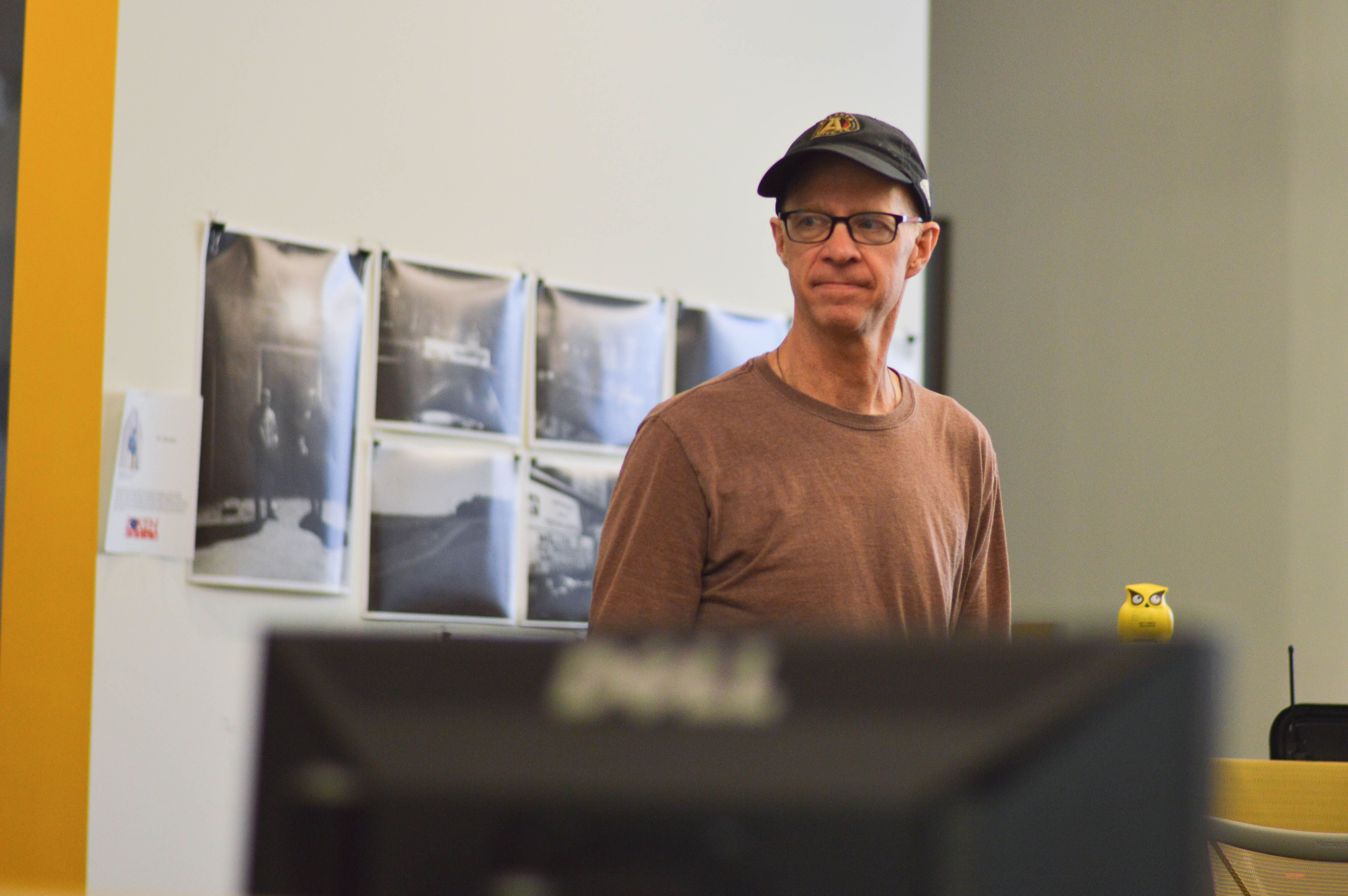Kennesaw State Assistant Professor of Physics Dr. David Garofalo recently published his research on black holes, which he said might shed a new light on the origins of the universe.
Garofalo co-authored a paper detailing his research in black hole astrophysics in the Monthly Notices of the Royal Astronomical Society. The recent publication is supposed to help people to realize the importance of observing active galaxies in different ways.
“Our research shows that the breaking up or ripping of magnetic fields near black holes may explain the way jets of energy come from black holes or contribute to that understanding,” Garofalo said.
Garofalo explained that there are active galaxies where this breaking up of magnetic fields is occurring, but our galaxy is not one of them. It was first discovered in the 1960s that 10 percent of galaxies are active and only one-fifth of that 10 percent produce jets of energy. Garofalo said, however, that our galaxy has a supernova black hole named Sagittarius A.
“Every galaxy has a black hole, and each one shapes how the universe is made,” Garofalo said.
Black holes are created by dying stars, and they likely came into existence 300 million years after the Big Bang. A black hole is formed after a star loses its fuel and strong gravitational forces squeeze the remaining matter until light can no longer be emitted, according to KSU’s website.
“A black hole is a region inside of a boundary where time as we know it has stopped,” Garofalo said.
Garofalo explained that there is also research that looks into how material falling into a black hole could create energy.
“The magnetic fields create a sort of elastic band creating a slingshot effect,” Garofalo said.
NASA has confirmed that jets of energy are formed from black holes, and researchers are still finding out more about why some active galaxies produce jets. Garafalo believes that the entire universe is part of one big cycle and that black holes are part of that cycle. Garofalo said that these jets, in turn, can help us discover the origin of life in the universe.
“In the long term, we want to understand how much black holes matter to the whole universe and to life in particular,” Garofalo said. “This matters to the curious person because it answers questions about where we came from — how we emerged in the universe.”
Garofalo said that black holes and the question of what they say about the origins of life in the universe have been the guiding themes of his research for over 12 years.
“I study black holes because I was always interested in applications of the theory of relativity, but the original idea for this specific research should really be credited to my co-authors,” Garofalo said. “My contribution involved producing the mathematical structure appropriate for a near-black hole study of the process.”
Garofalo also said that he plans to continue with his research.
“I’m not sure about the next discovery, but one of my goals is to get people in the sciences to recognize the value of ideas which, with the advent of supercomputers, seems to be taking a back seat,” Garofalo said.


